Water Safe Crystals: Safely Cleansing Your Crystals and Yourself
People have used crystals for hundreds of years to strengthen their bodies, soothe their minds, and calm their souls…
Each crystal delivers its own energy in its own way, but what about in water?
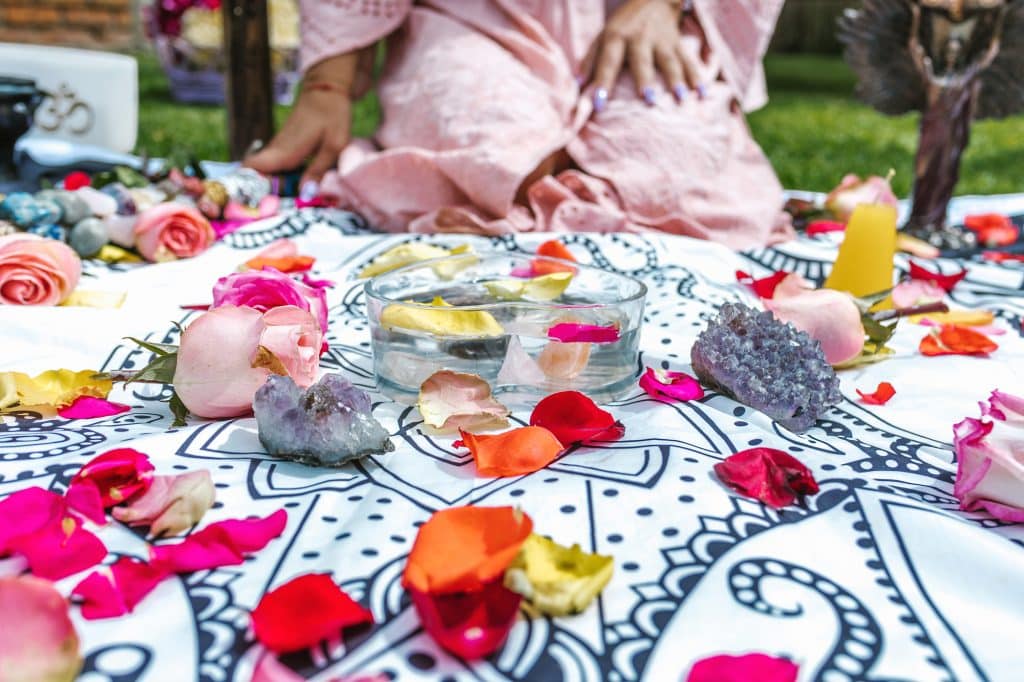
There are a few reasons you might be wondering about how your different crystals might react to water.
The first is that you can use water to cleanse your crystals of negative energy.
Cleansing your crystals is essential, especially after absorption of intense negative energy. On a more basic level, it’s nice to have them be clean and shiny rather than dull and dirty.
But there are also benefits to drinking crystal water and taking crystal baths.
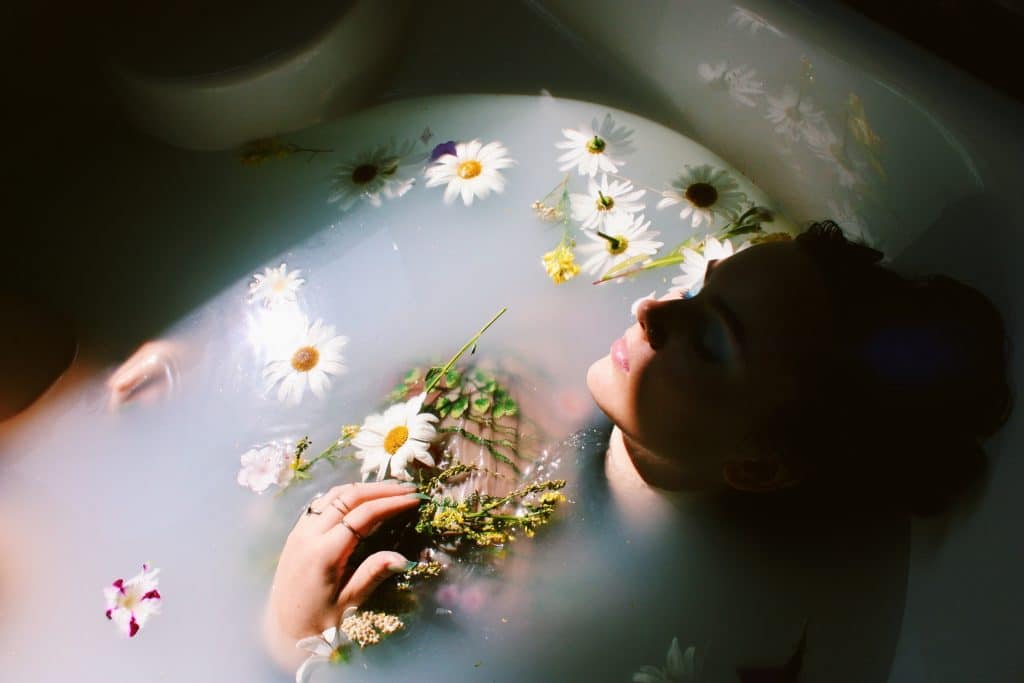
With all the possibilities, which crystals are water safe and which aren’t?
What are the benefits of the different methods?
It’s important to research before you begin experimenting, and that’s what I’m going to do for you here.
We’ll go into which crystals are safe to use in water and why you might want to try using water with them.
Table of Contents
Water Safe or Not?
Here is a list of water-safe crystals. It isn’t comprehensive, but it’s a great start.
- Clear quartz
- Rose quartz
- Amethyst
- Citrine
- Obsidian (can break if the water is extremely hot or cold)
- Aventurine
- Calcite
- Carnelian (not safe for saltwater)
- Moonstone
- Amber
- Agate
- Bloodstone
- Super Seven
- Smokey Quartz
- Rutilated Quartz
- Jasper
- Tiger’s Eye
- Black Obsidian (FYI: can break in EXTREME cold or hot water temperatures)

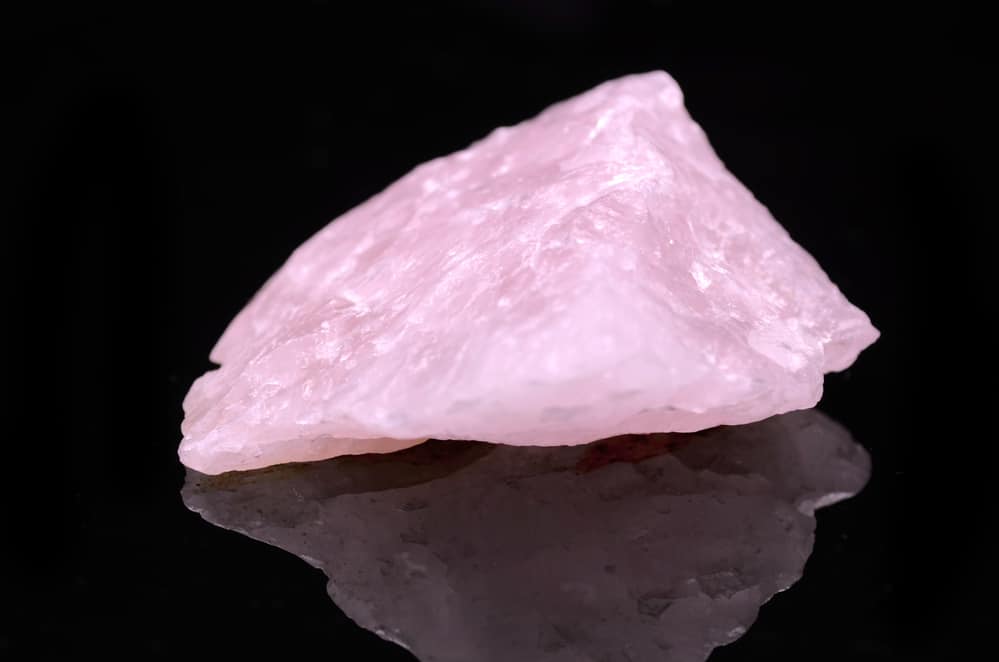
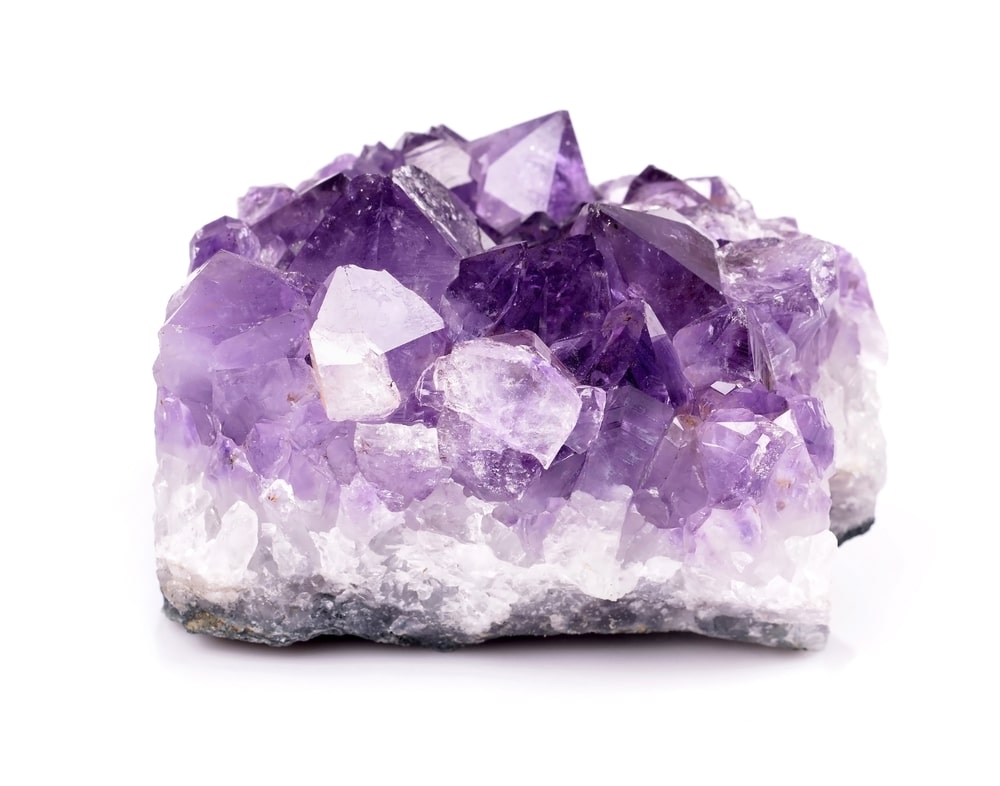
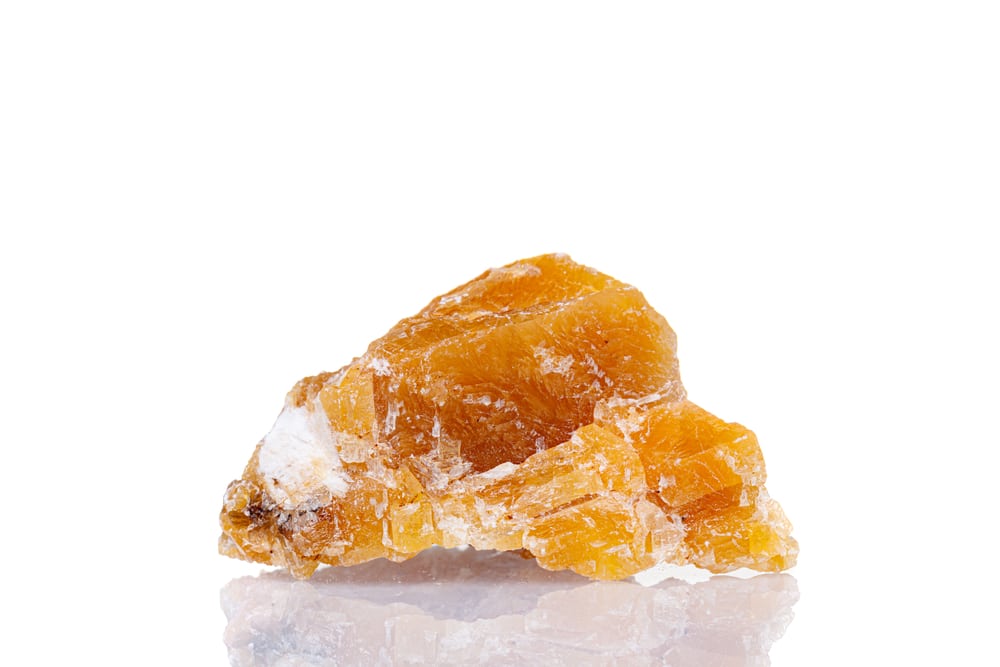
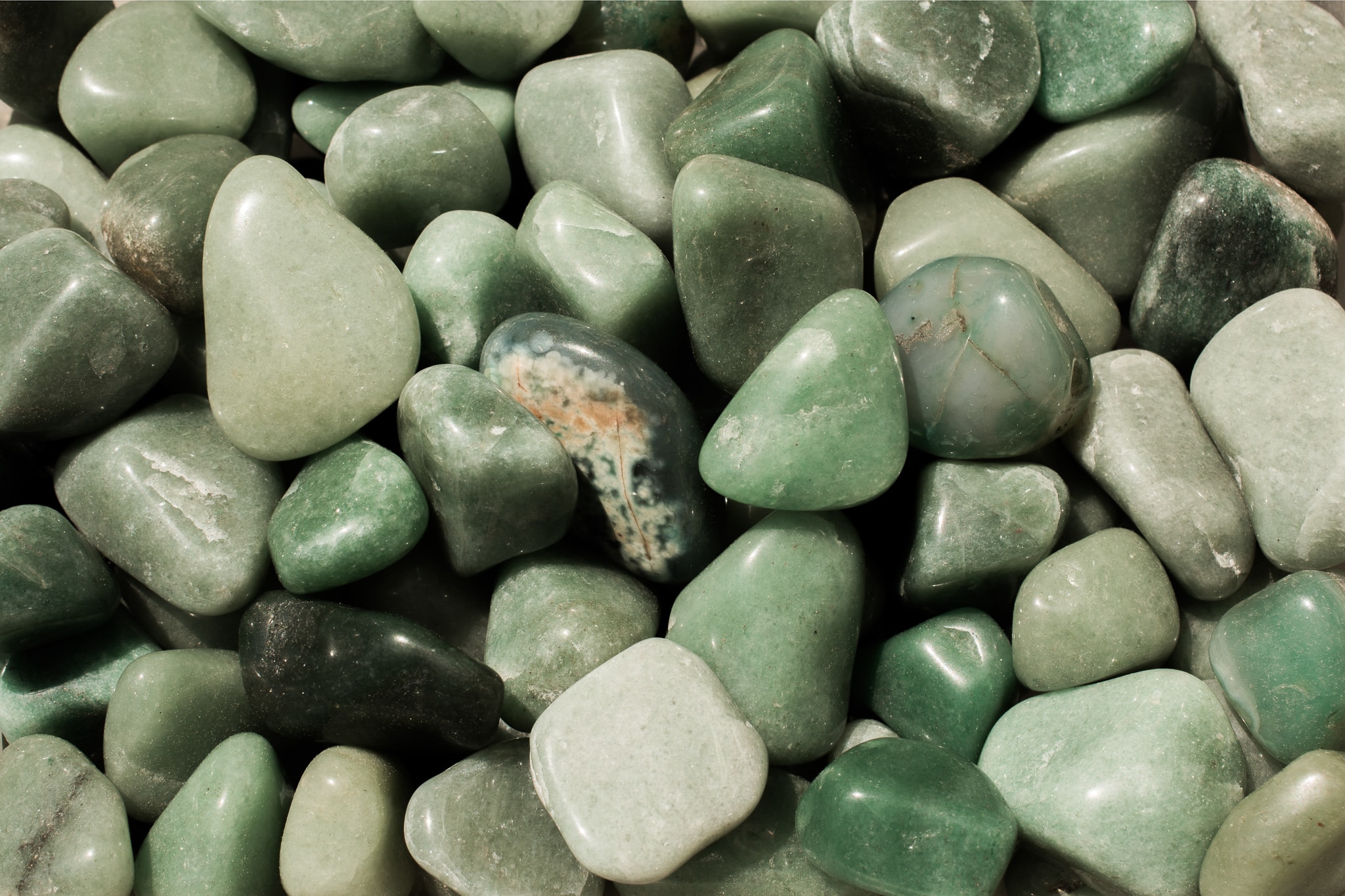
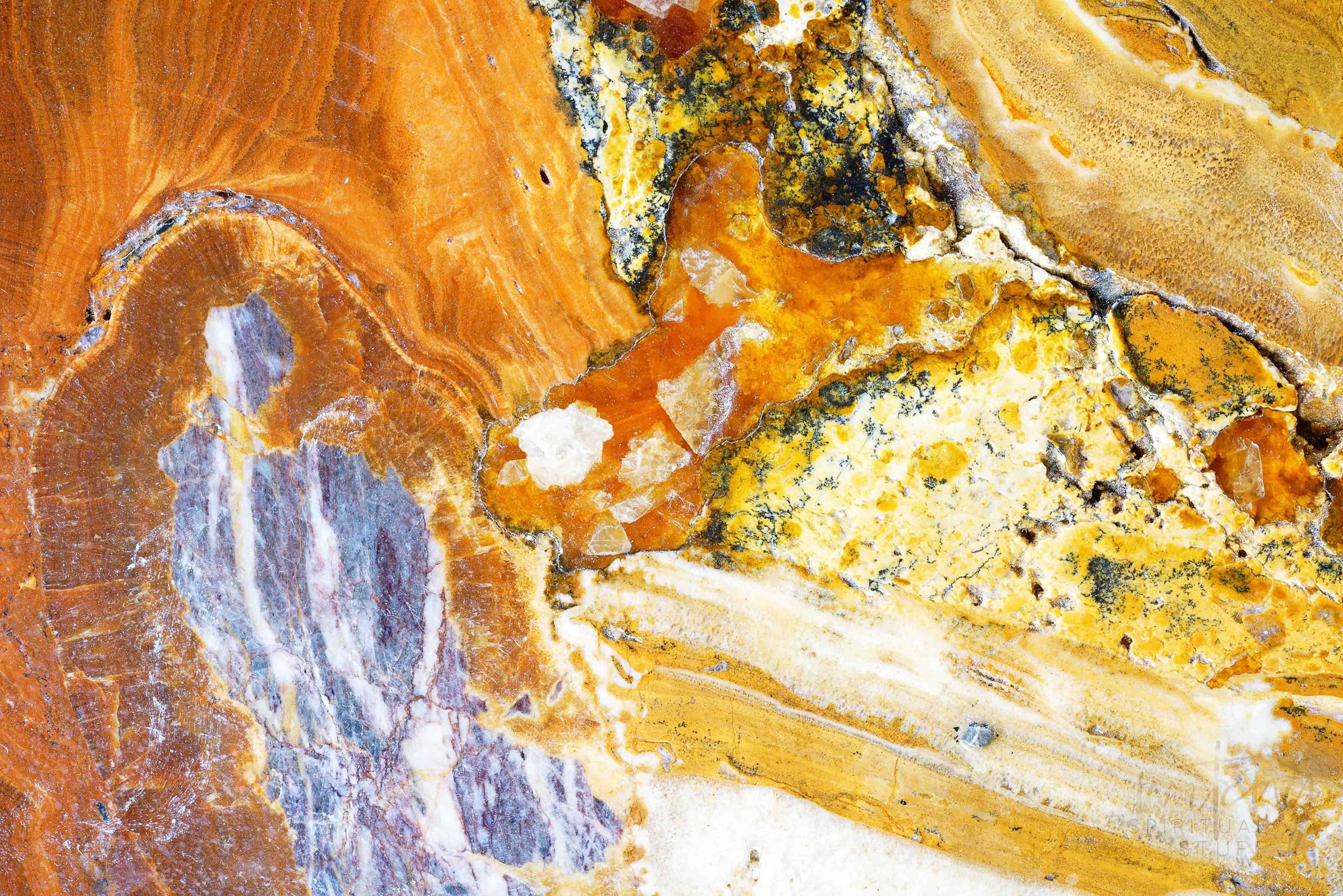
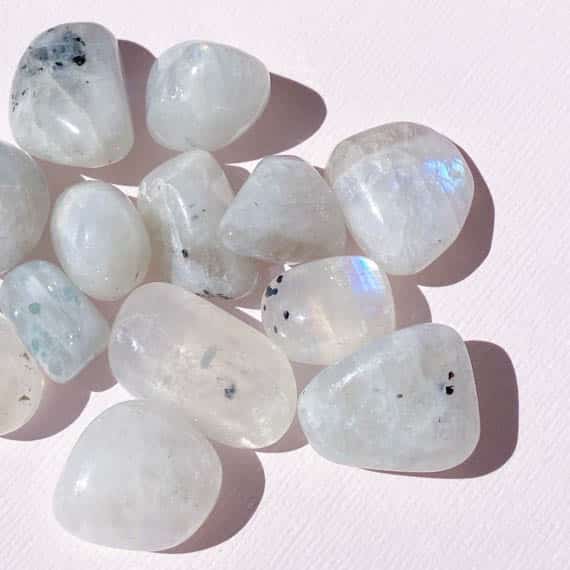
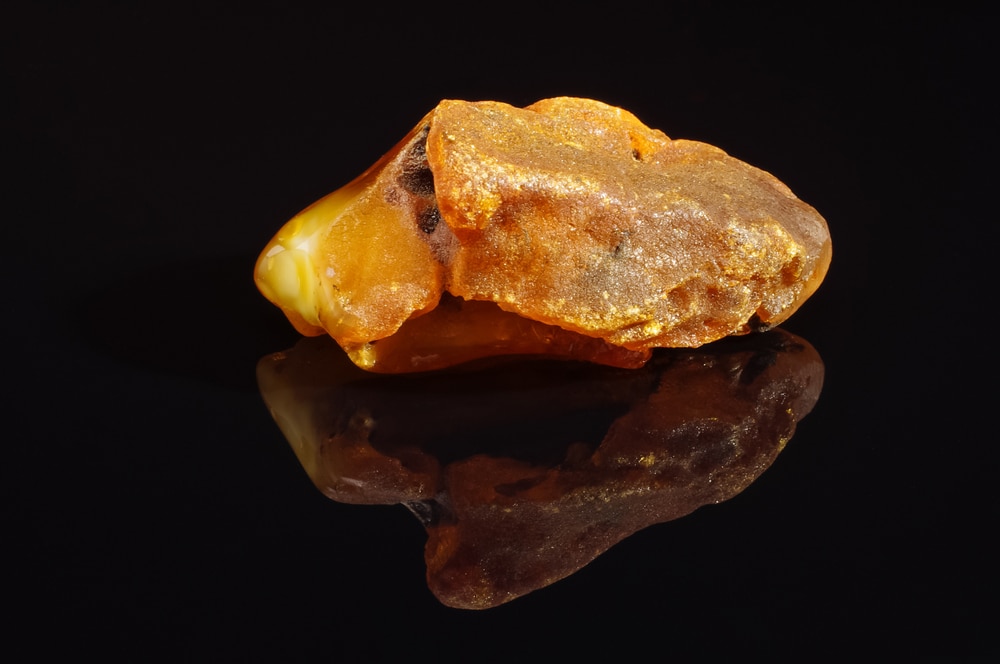
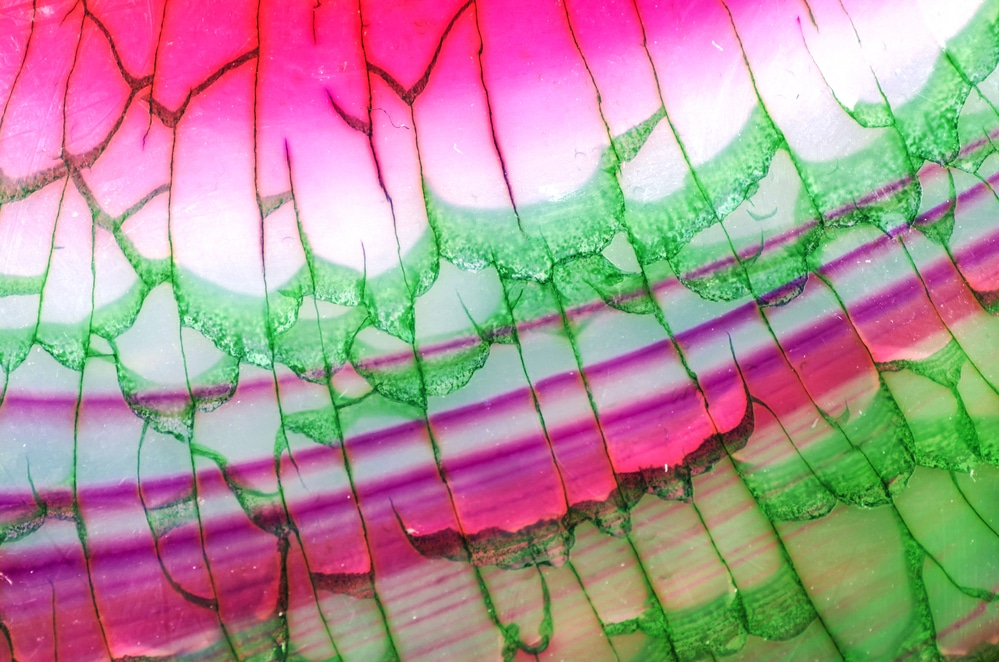
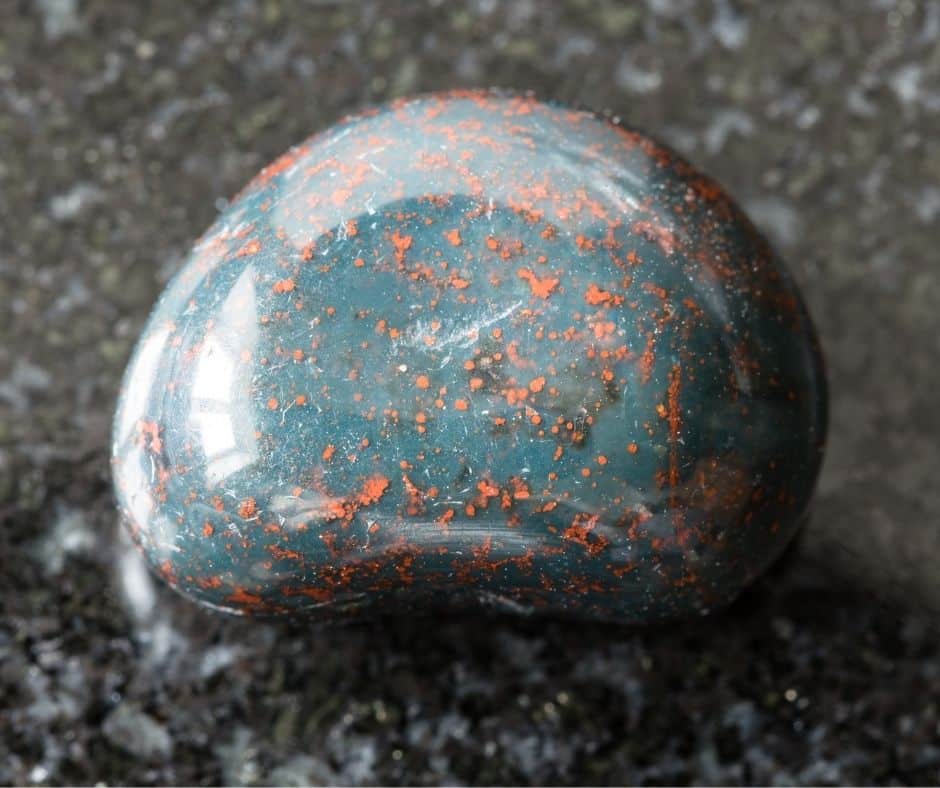
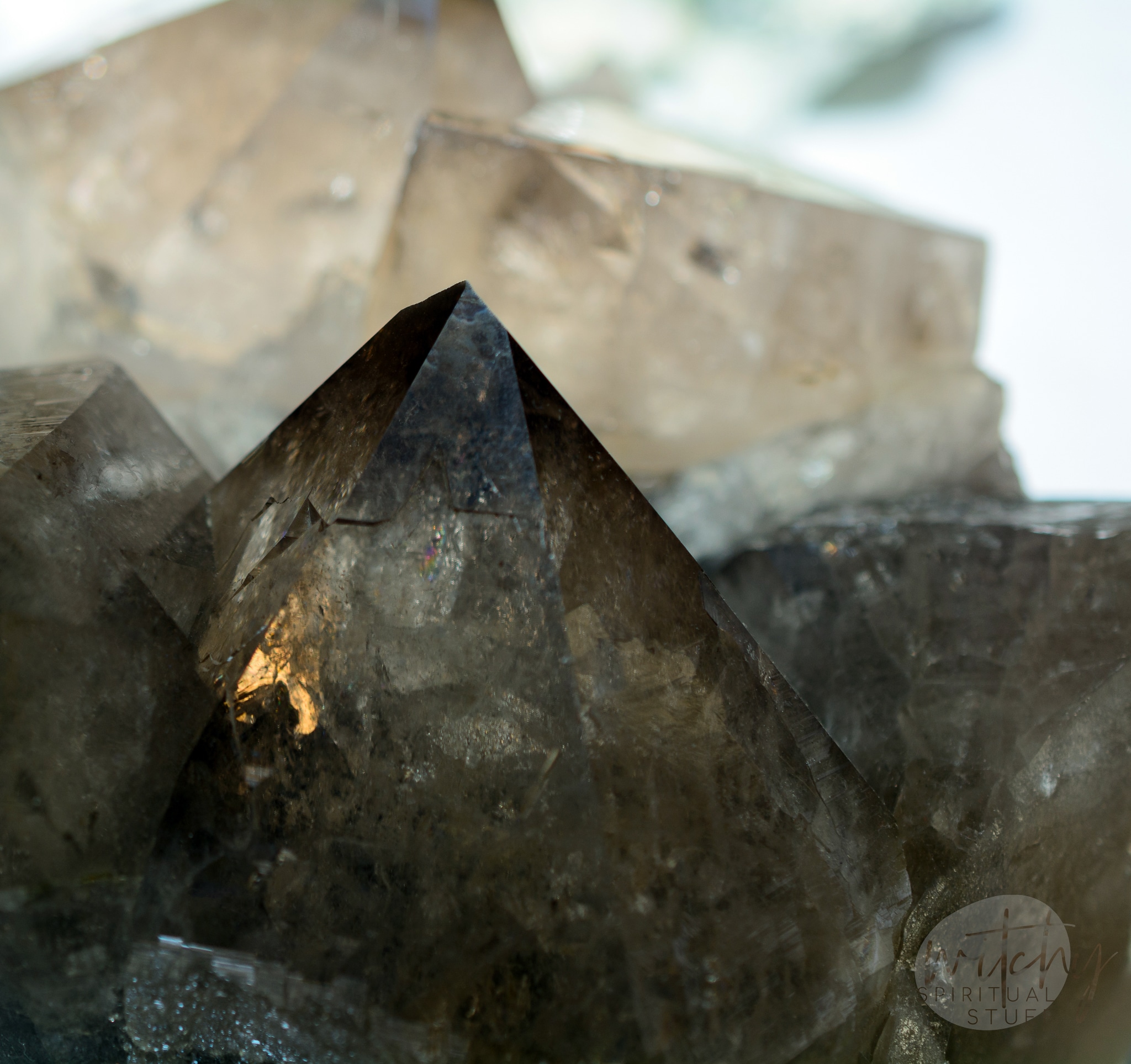
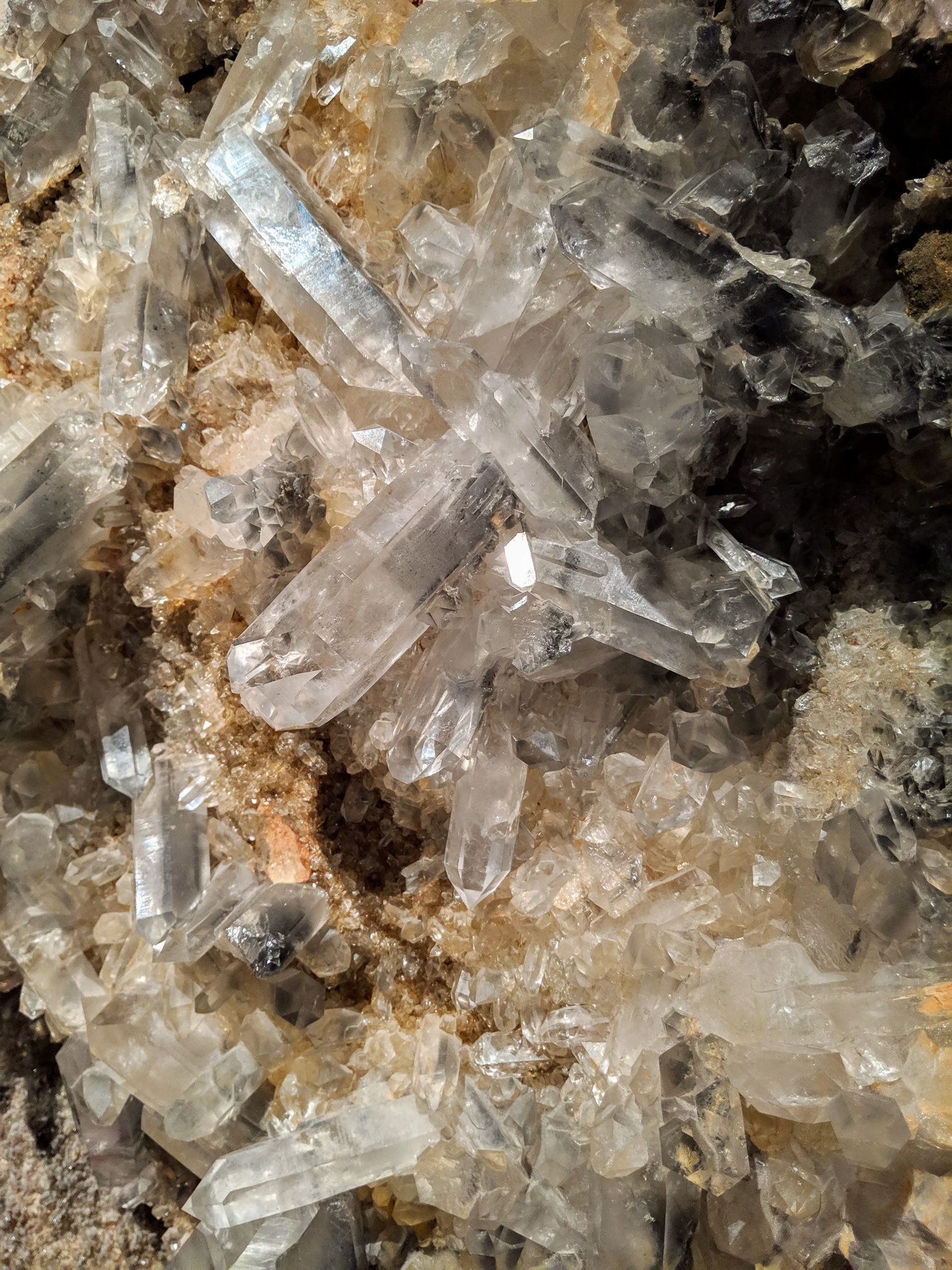
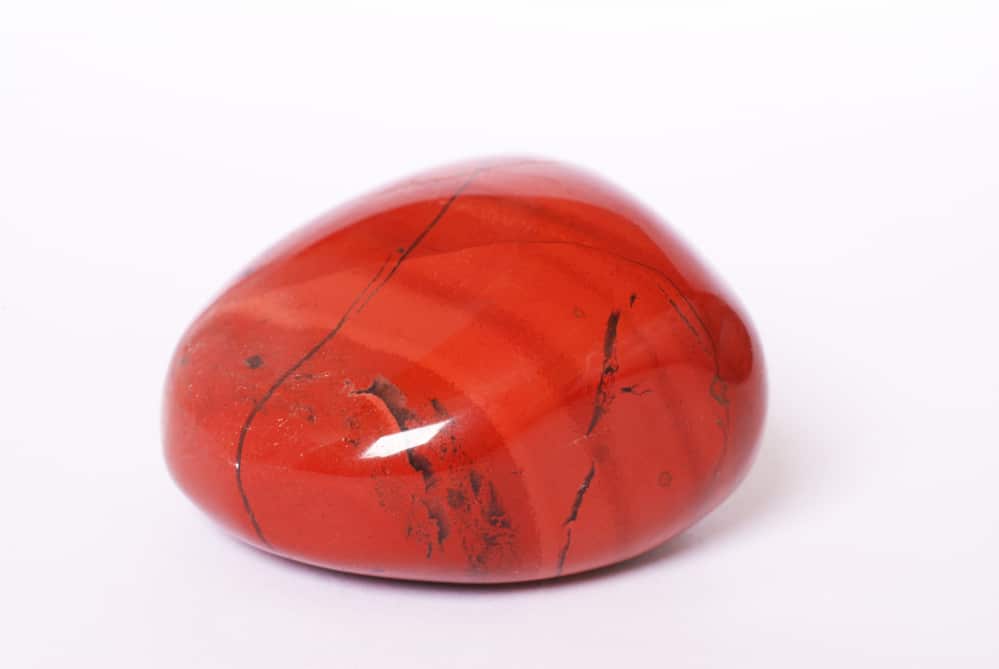
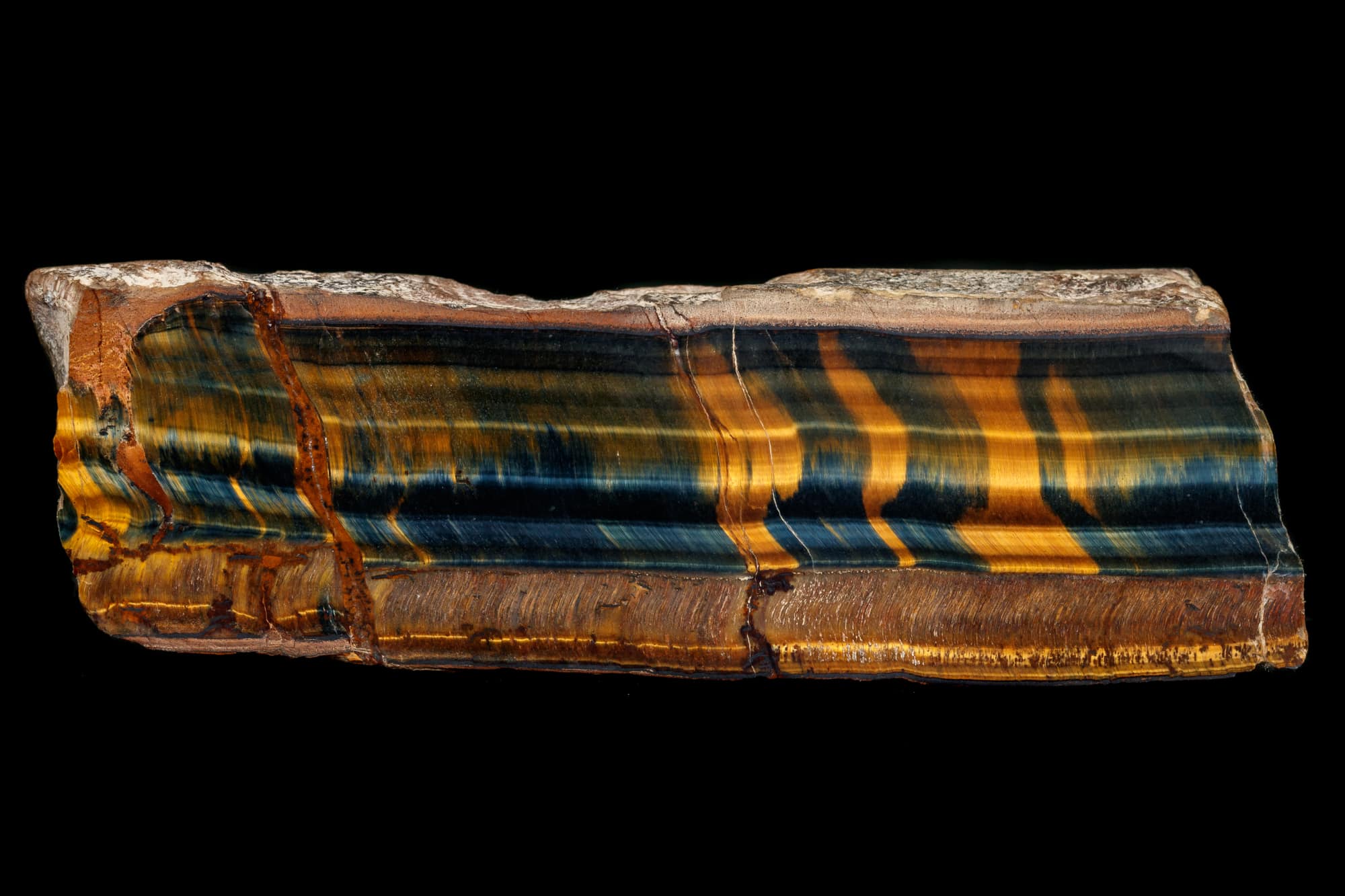
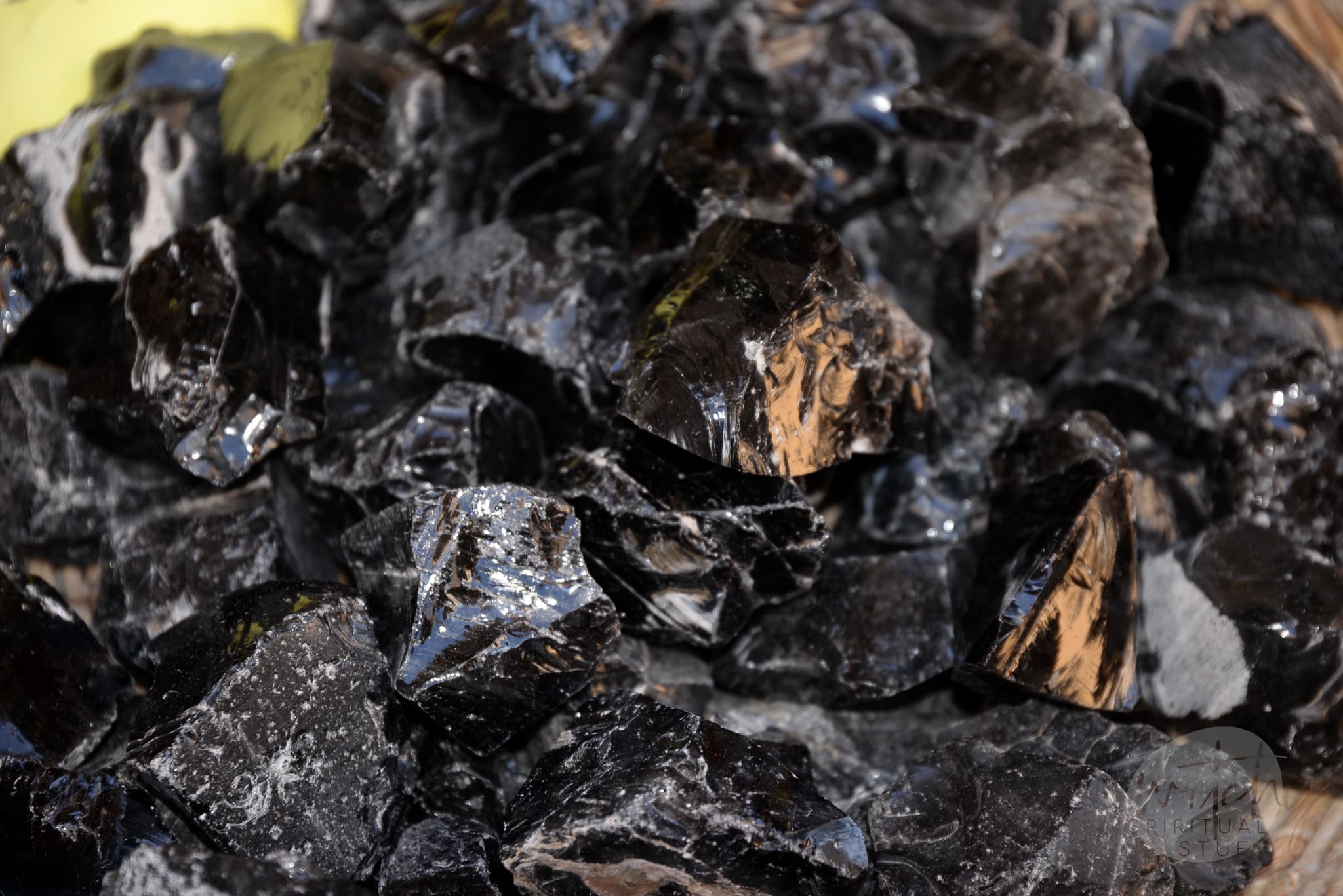
And a list of non-water safe crystals:
- Lepidolite
- Hematite
- Turquoise
- Fluorite
- Selenite
- Pyrite
- Apophyllite
- Tangerine Quartz
- Gypsum
- Opal (although Australian Boulder Opal is generally safe because it is not porous)
- Azurite
- Apatite
- Halite
- Malachite
- Ulexite
- Labradorite
- Celestite
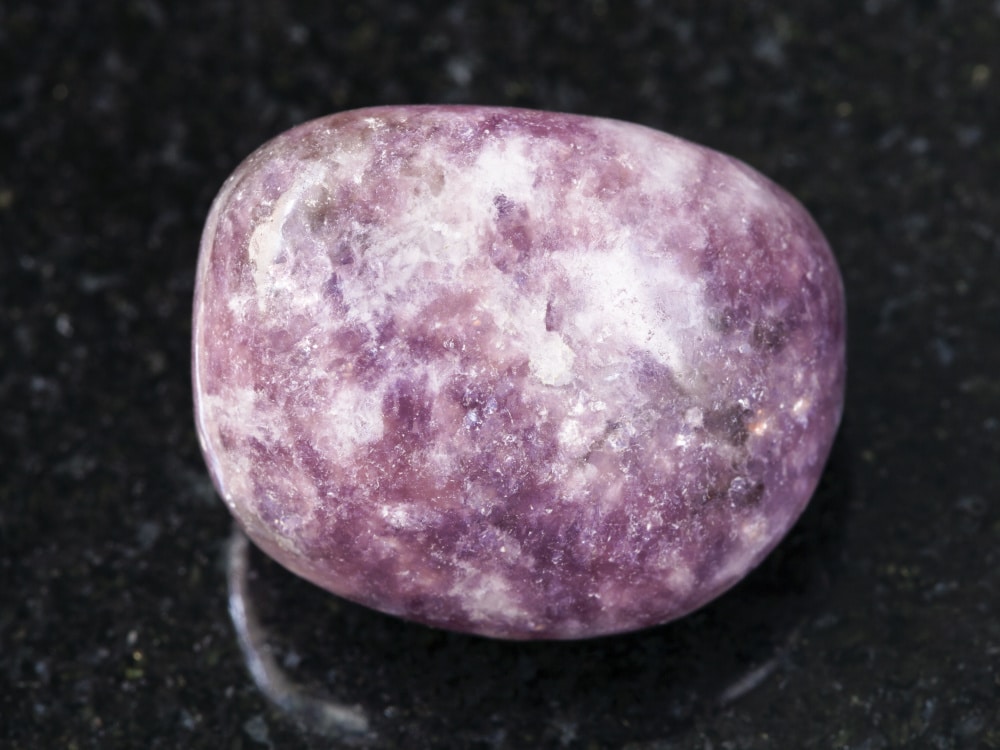
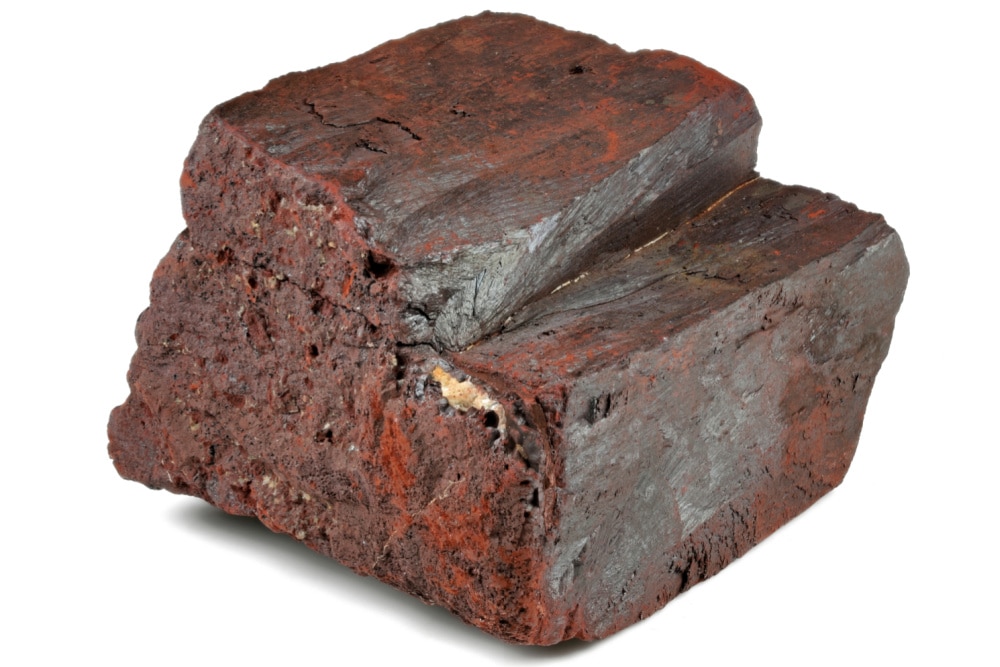
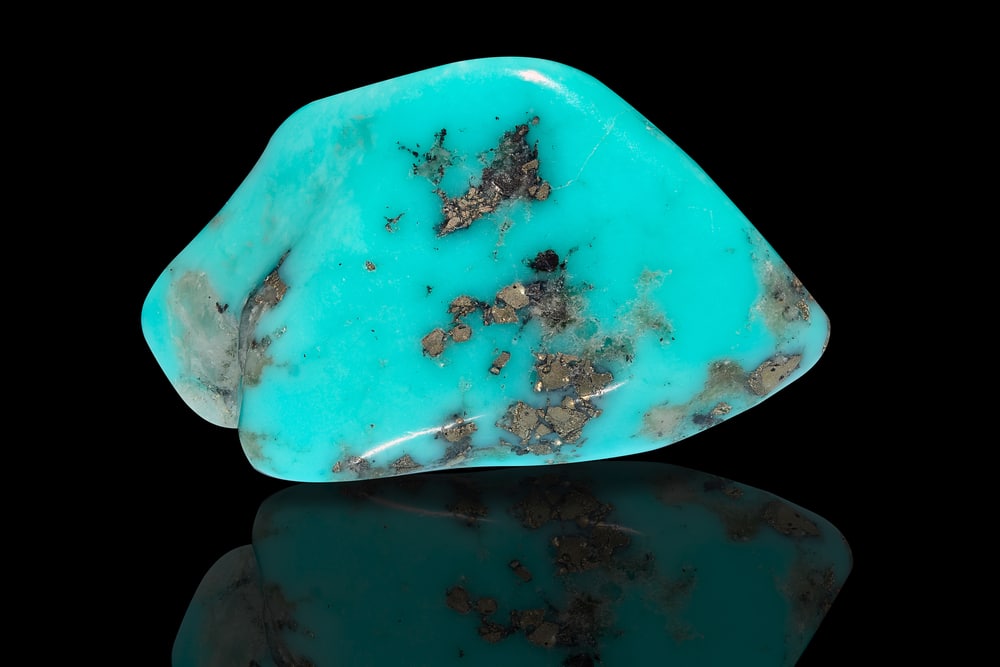

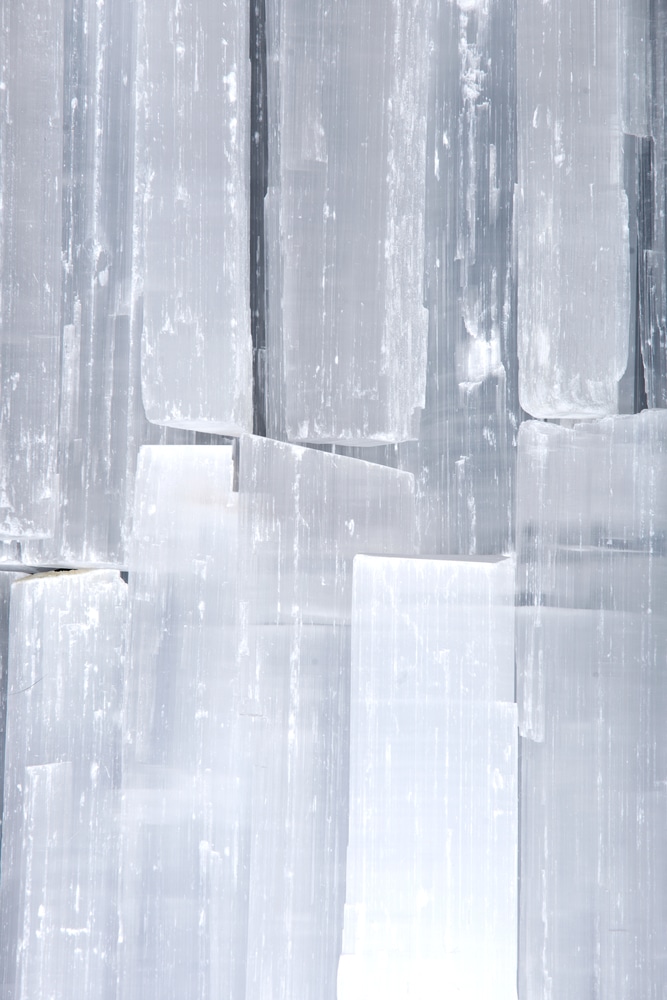

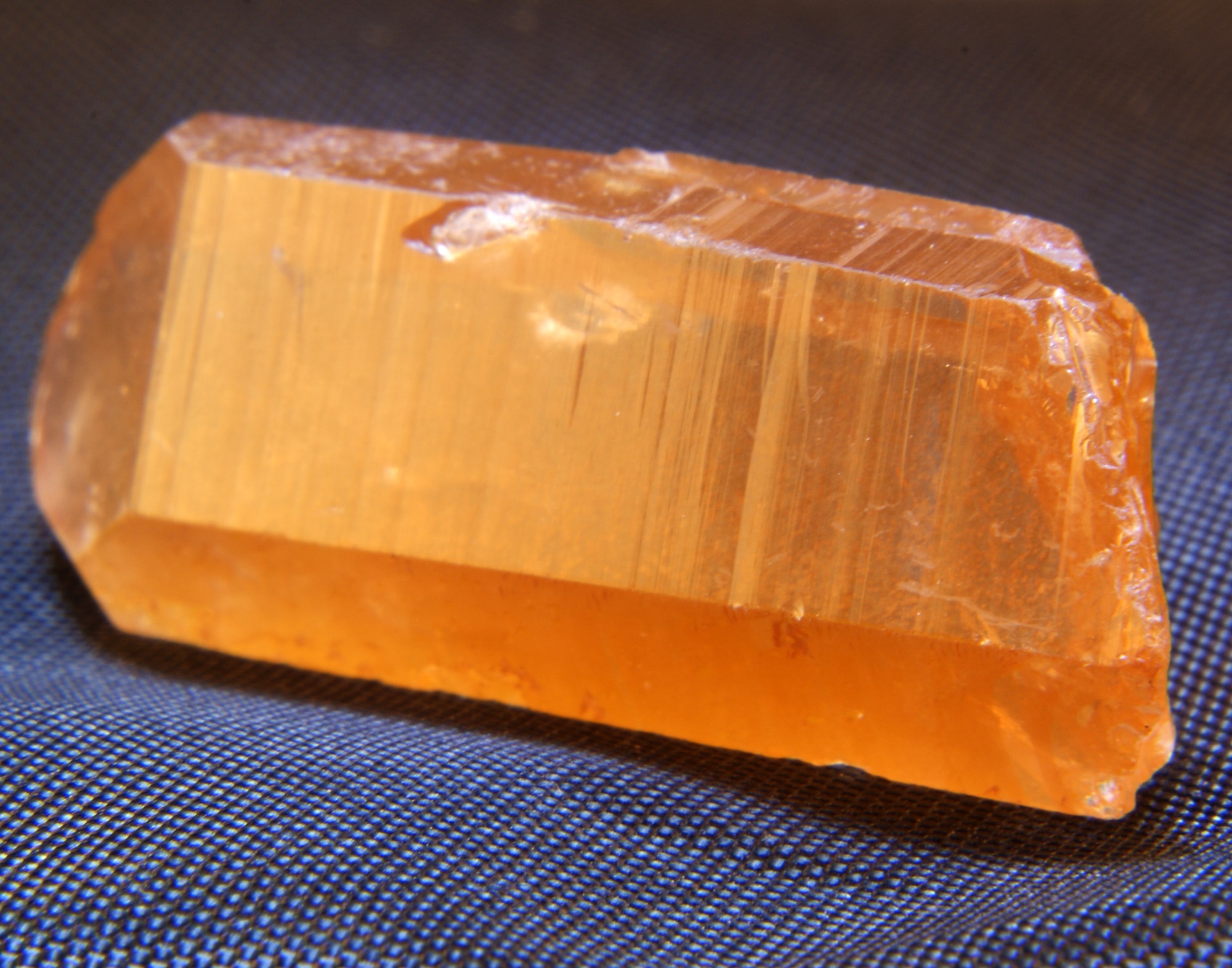
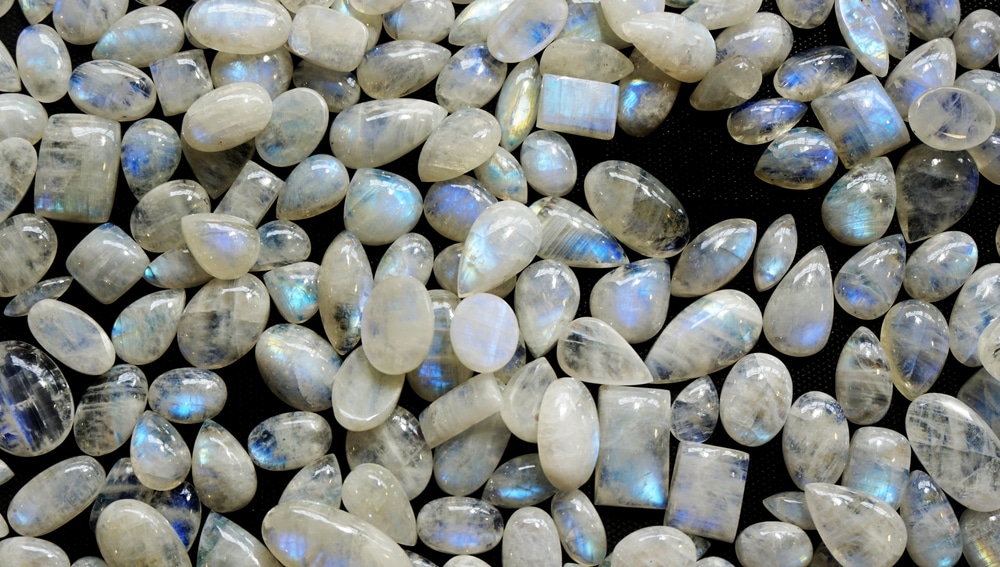
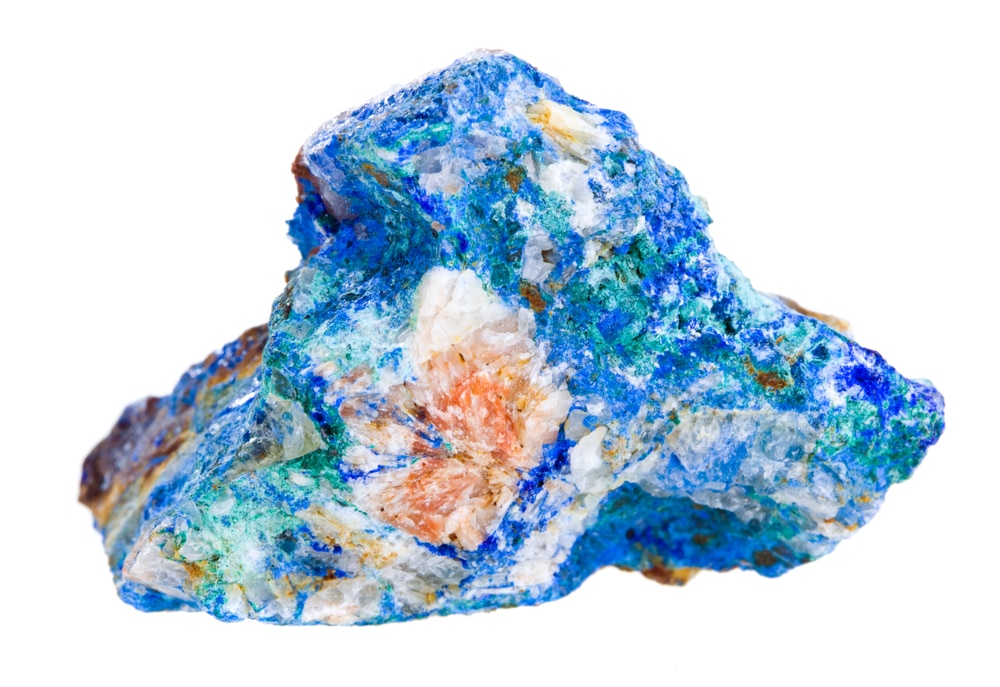
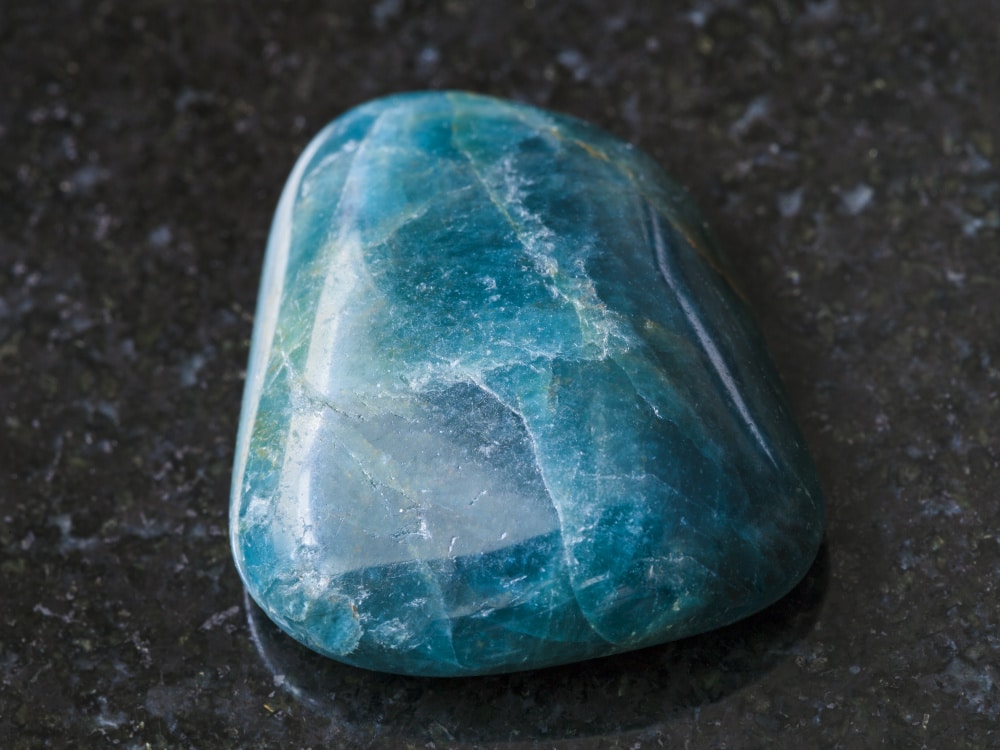
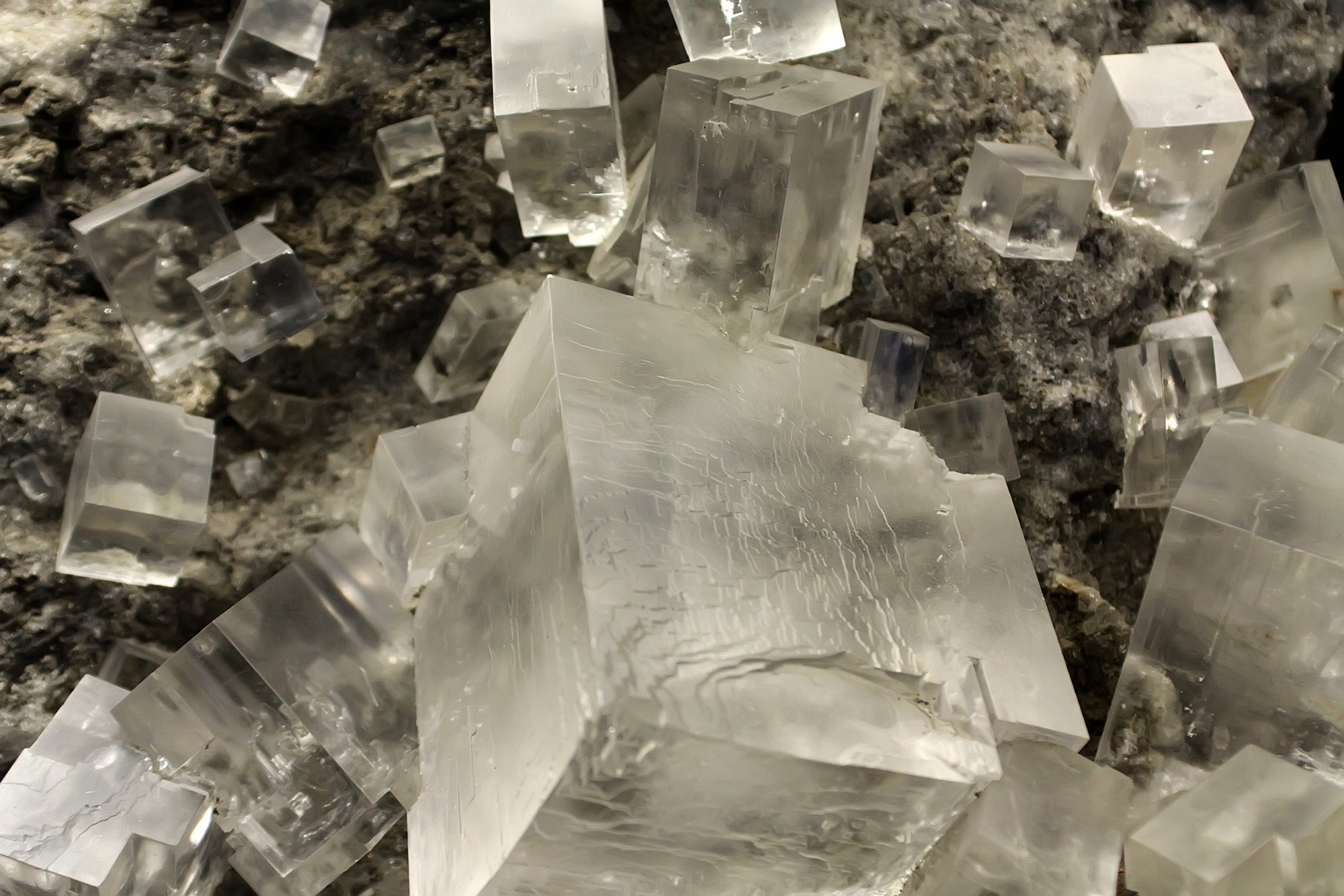
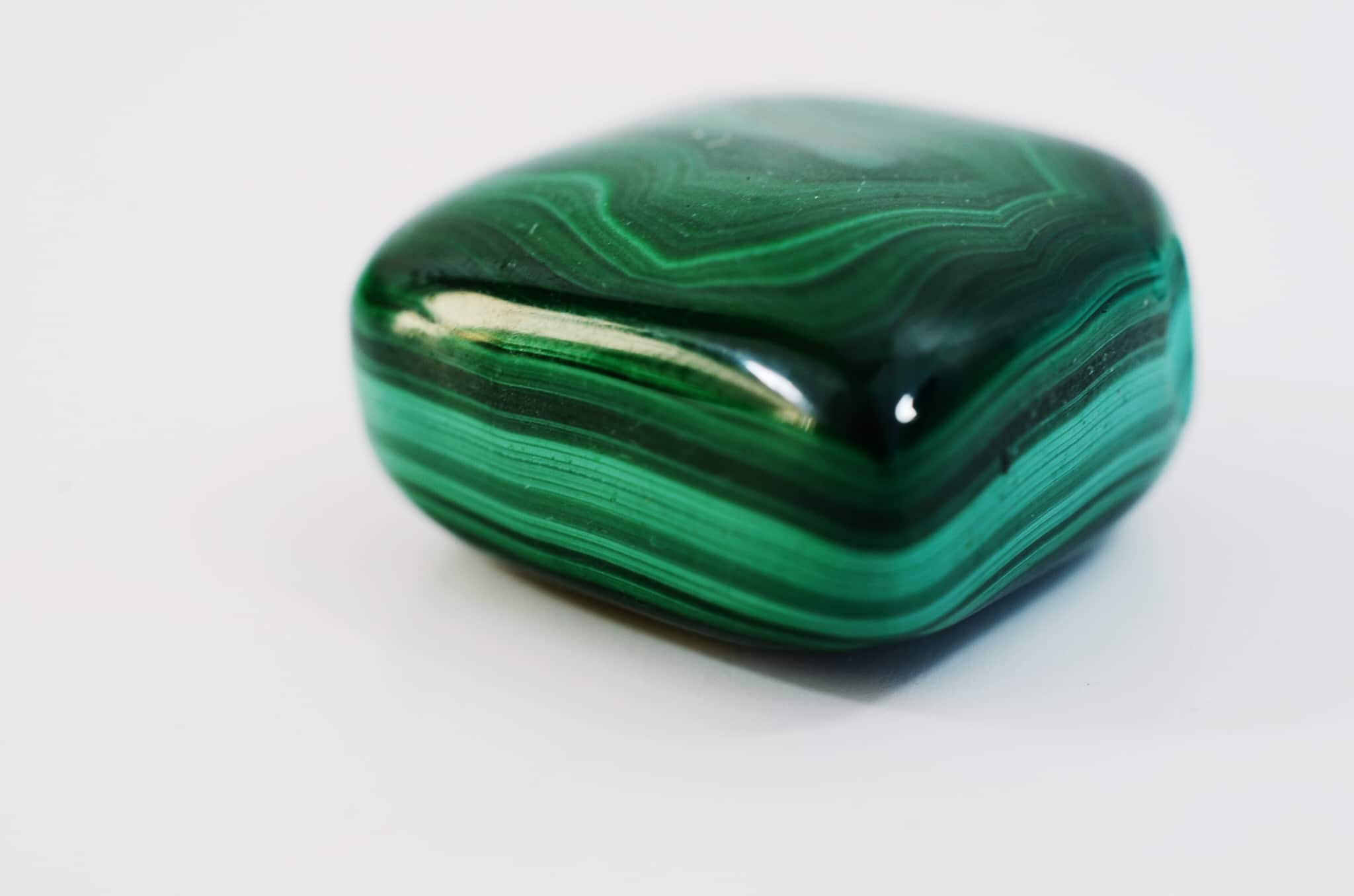
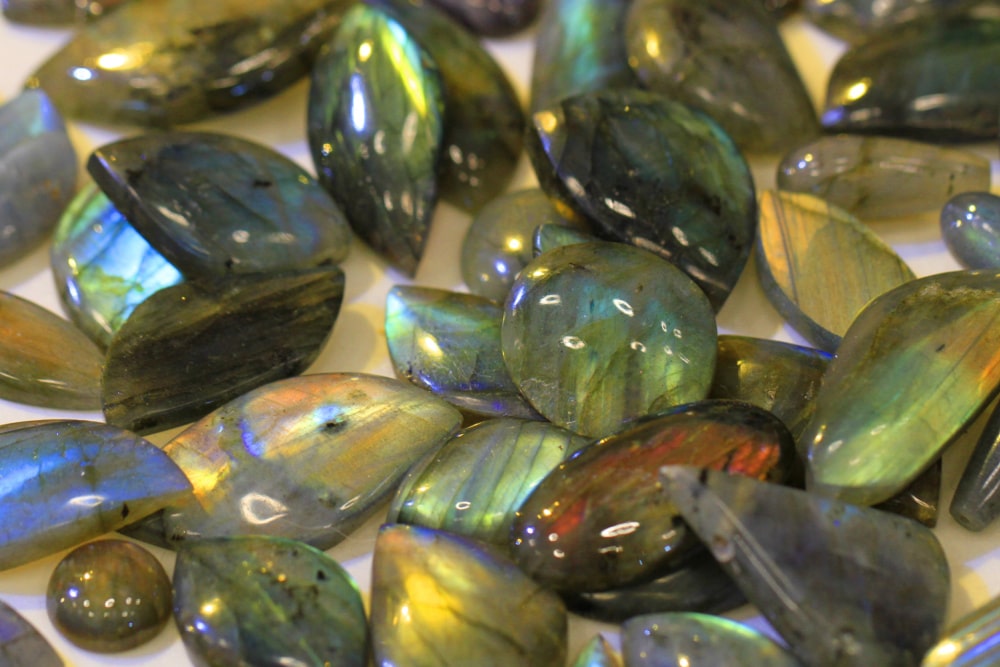
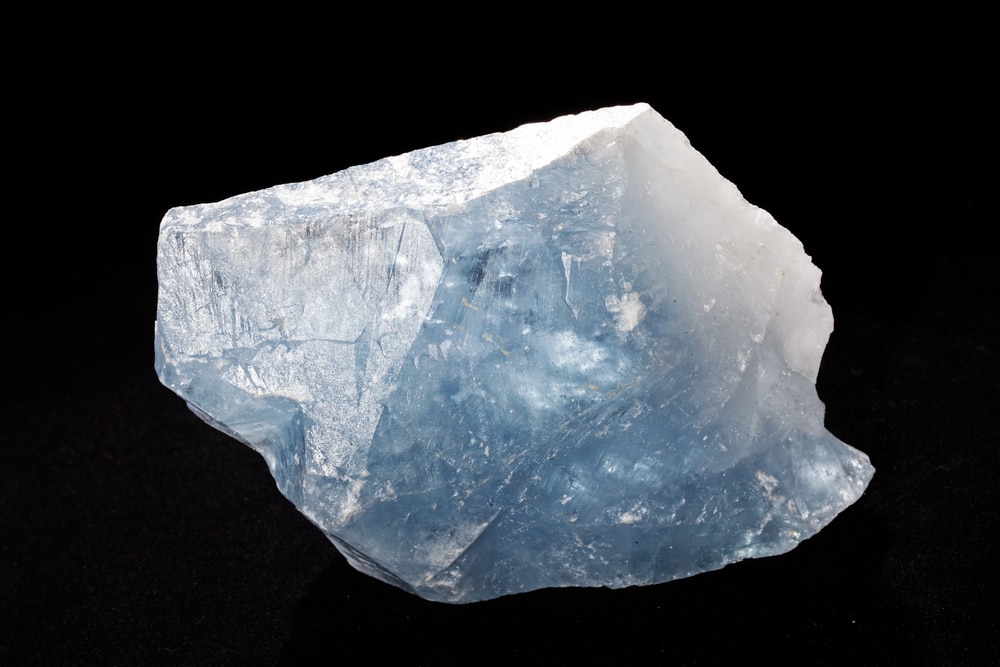
These lists include most of the popular crystal choices, but be sure to research your own crystals before you put them or yourself at risk.
What Does “Not Water-Safe” Mean?
Water can be the difference between life and death – for your crystals and sometimes for yourself if they contain toxic minerals.
Crystals are an accumulation of minerals, and different minerals react with water differently.
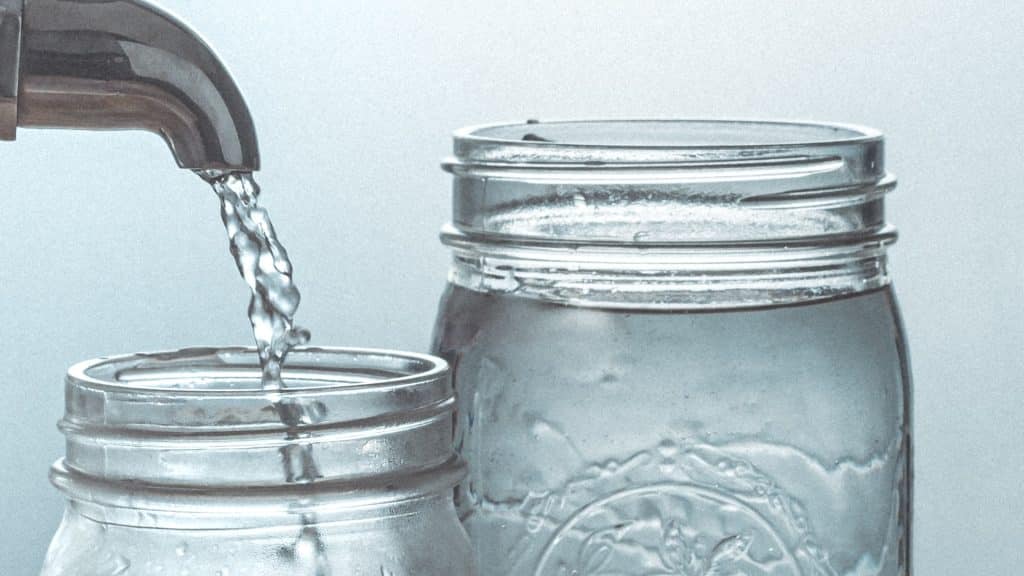
Crystals safe for water can be submerged for days and come out looking brand new, while others might lose their luster, rust, or even completely dissolve in water.
Crystals with toxic minerals shouldn’t be used with water at all, as they’re dangerous to our health.
How Can I Know If My Crystal is Safe For Water?
Start by consulting Moh’s Scale Mineral of Hardness.
Moh’s Hardness is a rough measure of how resistant the smooth surface of a crystal is to scratching or abrasion.
Moh’s Scale lists crystals from 1-10 by their hardness, with 1 being the softest and 10 the hardest.
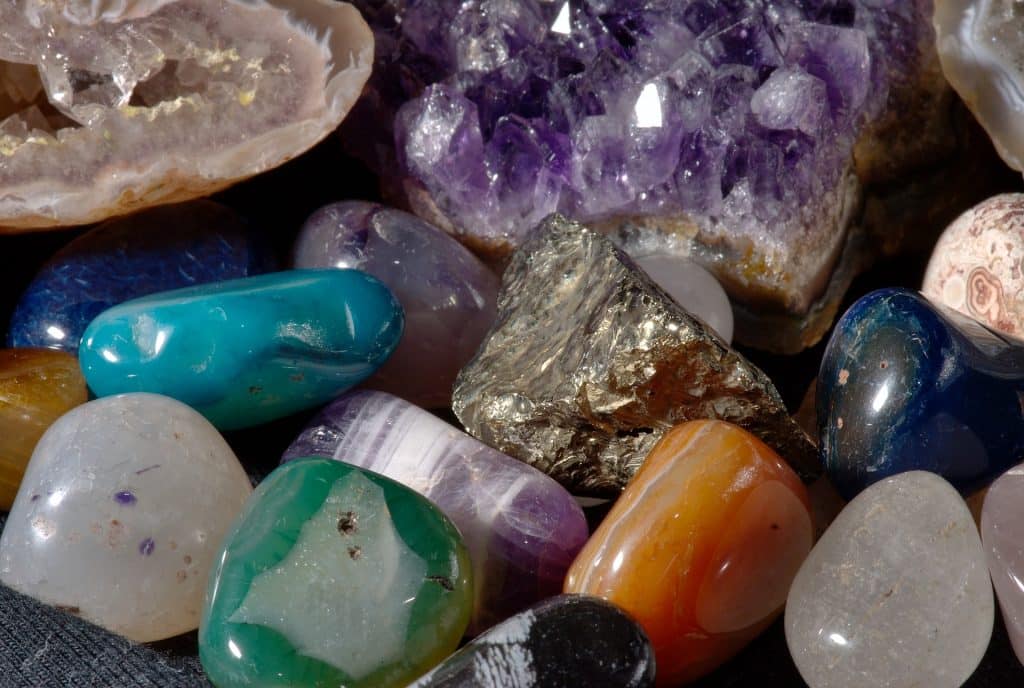
While there are some exceptions, Moh’s Scale is a good place to start. The exceptions occur in the middle of the scale, where things get a little mixed up.
In general, the harder the crystal, like quartz, the more water-safe it is. But hardness isn’t the only factor. You’ll want to research your crystal’s iron content and porousness, too.
Crystals rich in iron can rust easier, while porous crystals take in more water, like a sponge, and become damaged as a result.
Most importantly, research whether your crystals have minerals that will leach toxic chemicals into the water, especially if you plan on leaving them submerged for an extended period.
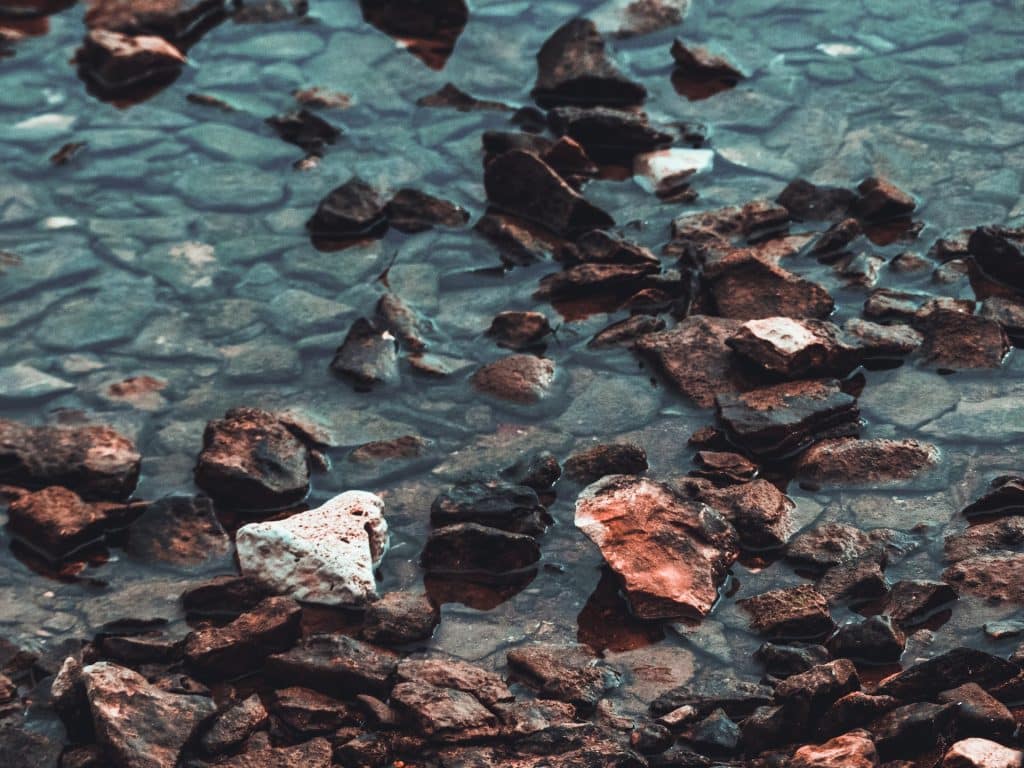
For such crystals, a quick rinse is generally safe, but soaks are an entirely different thing.
Potentially toxic minerals include:
- Malachite (Copper)
- Pyrite (Sulphur)
- Stibnite (Lead)
- Actinolite (Asbestos)
And more.
NEVER DRINK GEM ELIXIRS MADE WITH TOXIC CRYSTALS.
For a more comprehensive list of toxic crystals look at this list.
If you can’t find relevant answers as to whether your crystal is safe for water, it’s best to avoid trying it.
Why Would I Want to Use My Crystals With Water?
People have used crystals for spiritual healing, to affect their mood, and as tools to connect with the Earth for ages.
Using them with water is one way to enhance this experience.
Cleansing your crystals, whether in a river, lake or the ocean, can be a very meditative and cleansing experience.
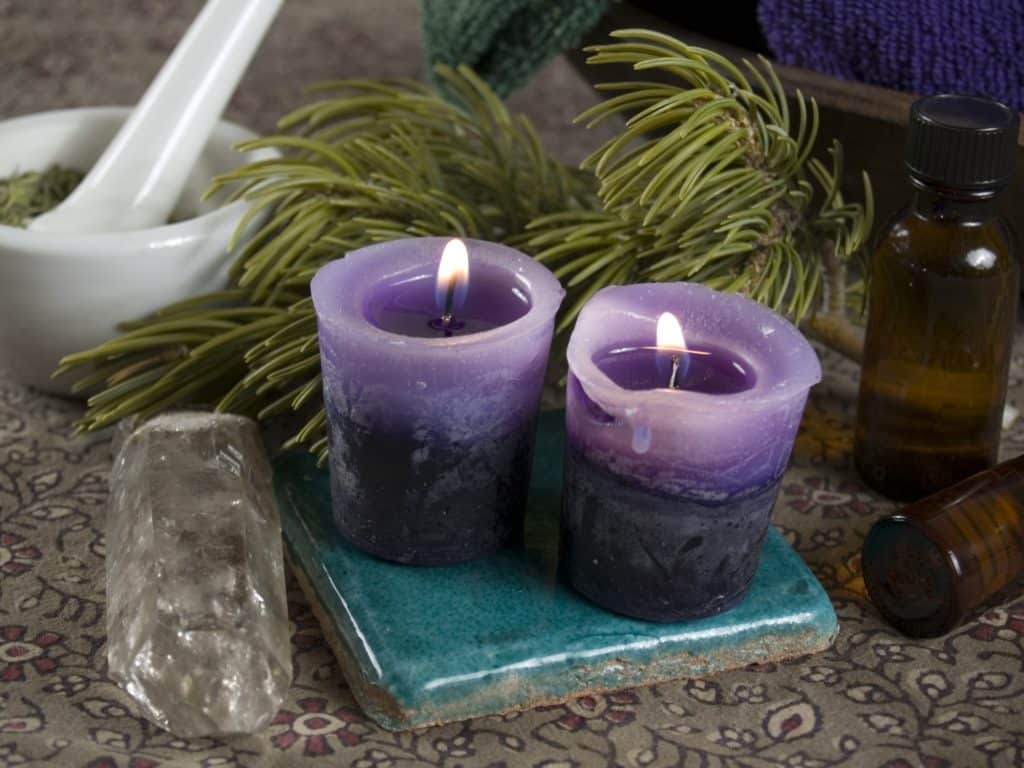
Cleansing such ancient treasures can open up your perspective, whether you use your crystals for healing or are simply fascinated by the processes that made them.
There is something spiritually affecting when you think about all that went into creating the majestic materials you hold in your hands while washing them in, say, a mountain river.
Other uses for crystals in water are crystal bathes and gem elixirs.
A crystal bath uses crystals either in the water, for water-safe crystals, or around the edge, for non-water-safe crystals, to enhance the bathing experience.
Taking a bath with your crystals can be soothing and can have other benefits depending on which crystals you use.
Bathing with quartz-infused water, for instance, is said to help you feel more confident, while chalcedony is said to help improve expression.
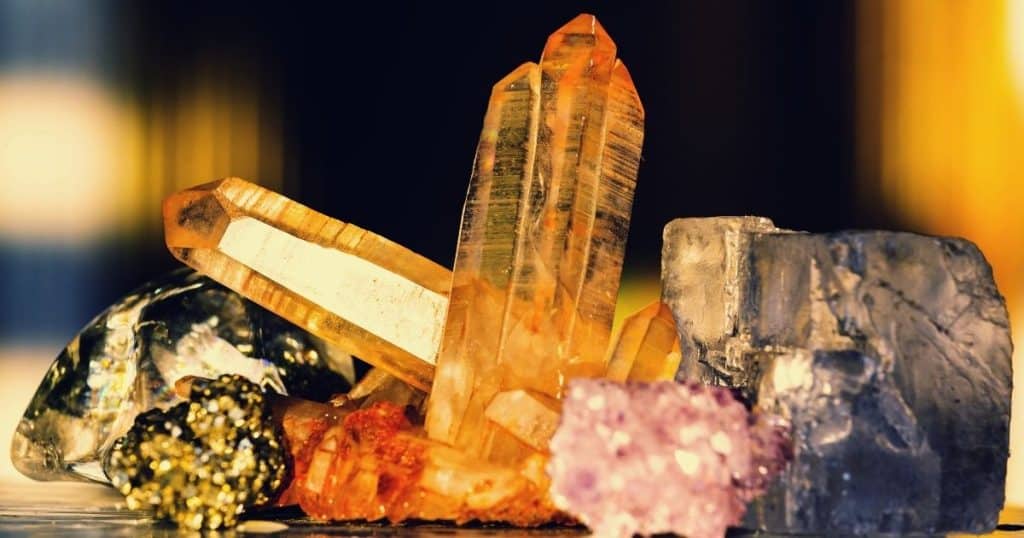
If you’d like to explore the different effects of a plethora of crystals, visit my list here, where I explore a lot of the different benefits using different crystals can have.
A gem elixir is crystal-infused drinking water.
These beverages go by a long list of other names, including gem tonic, crystal water, structured water, and more.
You can find a long list here, but all these names describe essentially the same thing.
As with crystal baths, it’s said that gem elixirs have hidden healing properties depending on the crystals used. Gem elixirs are simply water you drink instead of bathing in.
While you can make gem elixirs on your own, crystal water bottles have become a growing trend.
These are commercially available water bottles made from different crystals (you can get them here) rather than from plastic and are often made from generally safe crystals like quartz, amethyst, and rose quartz.
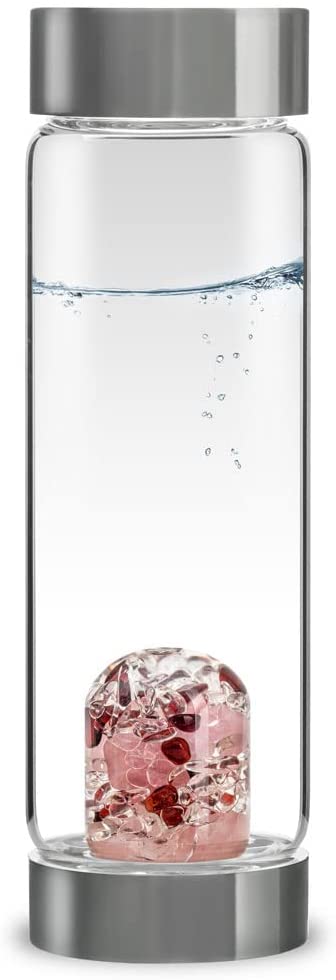
Though they are commercially made, make sure to do your own research before purchasing.
Safety in Knowledge
Whether you decide to bathe with crystal-infused water or to make your own gem elixirs at home, it’s important to be safe.
Before you use your crystals with water, check and make sure that they’re safe for water use, and then wash them and place them into a glass container to dry.
Once they’re clean they are ready to use.
The world of crystals is majestic and detailed.



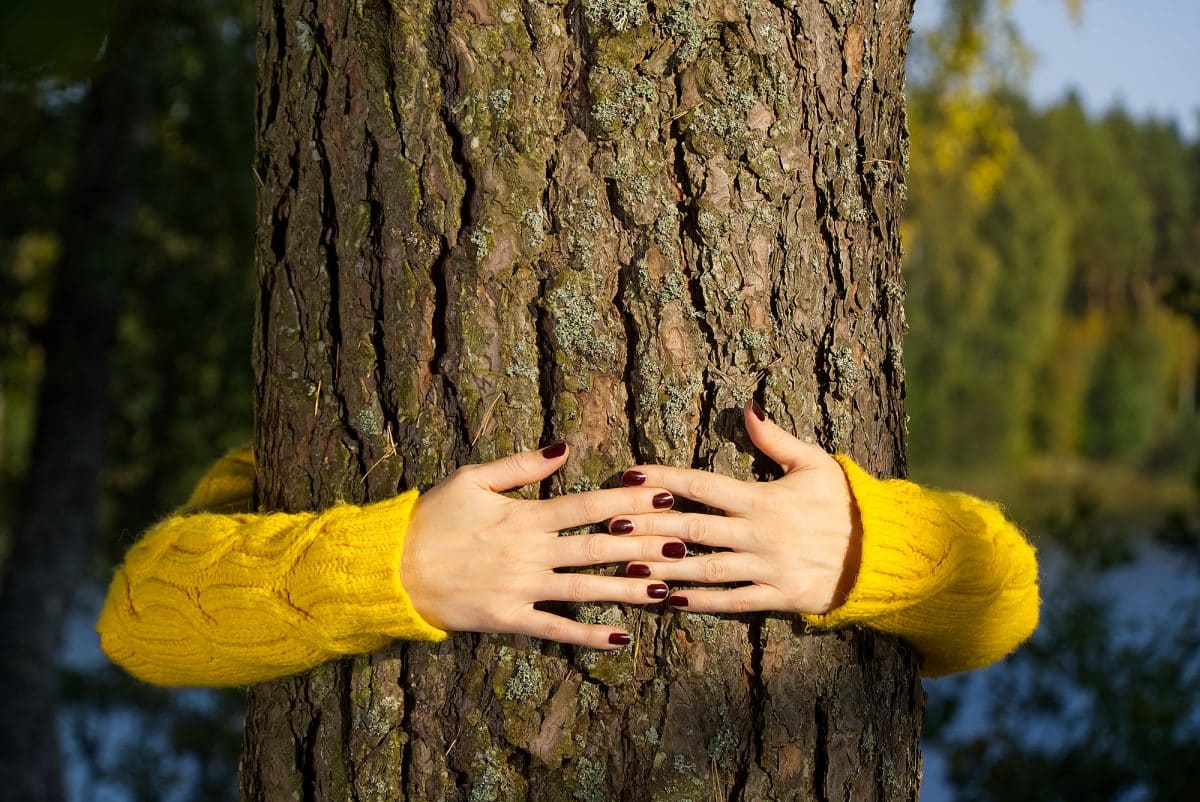
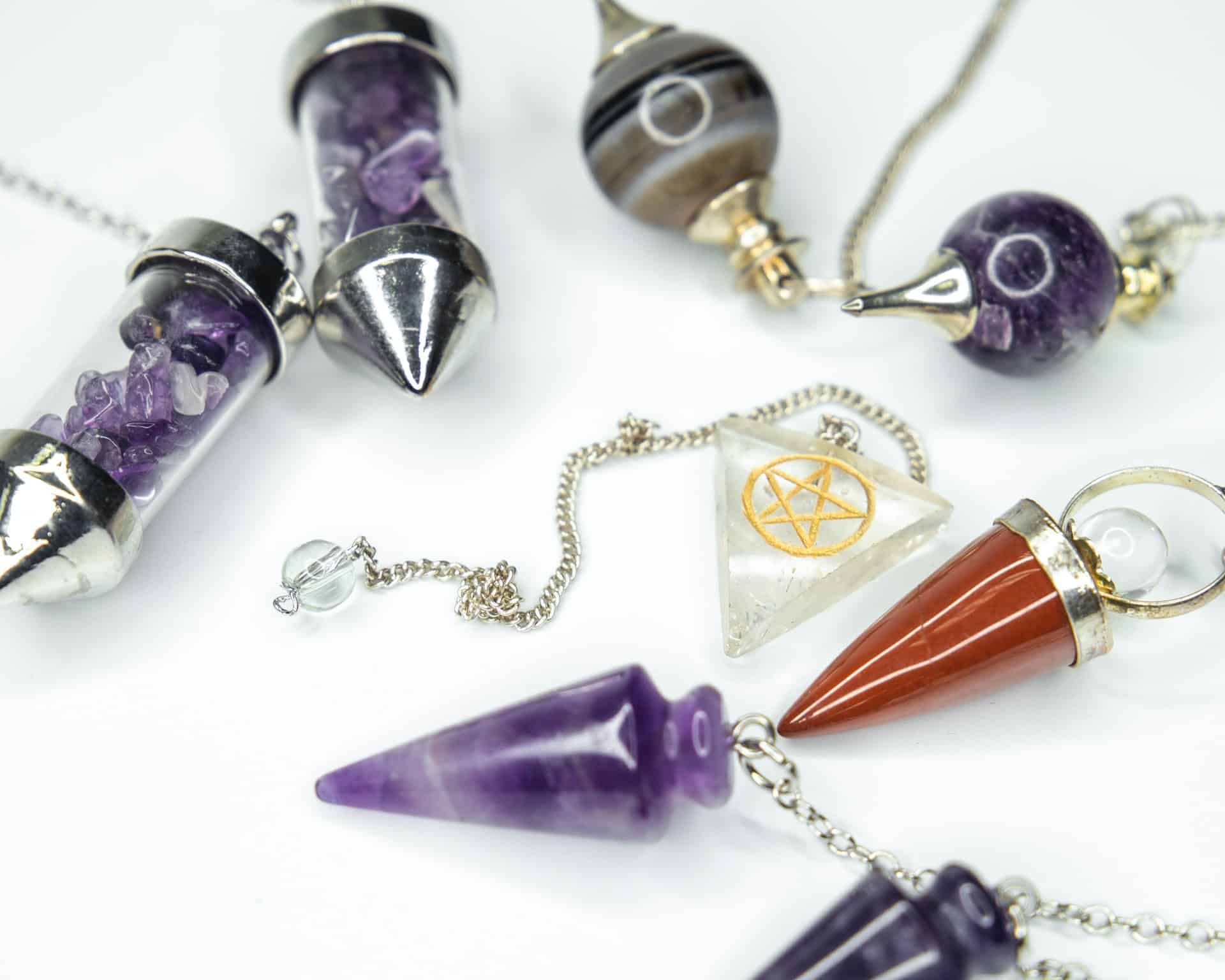
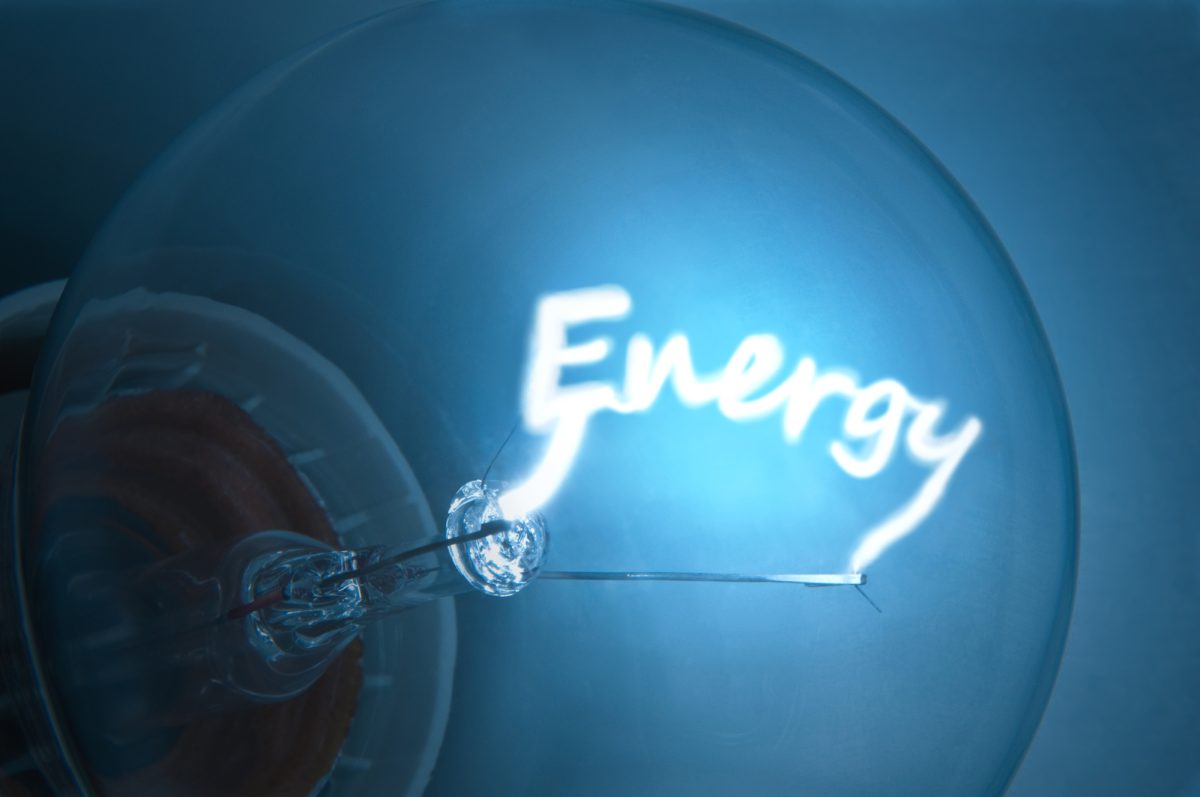
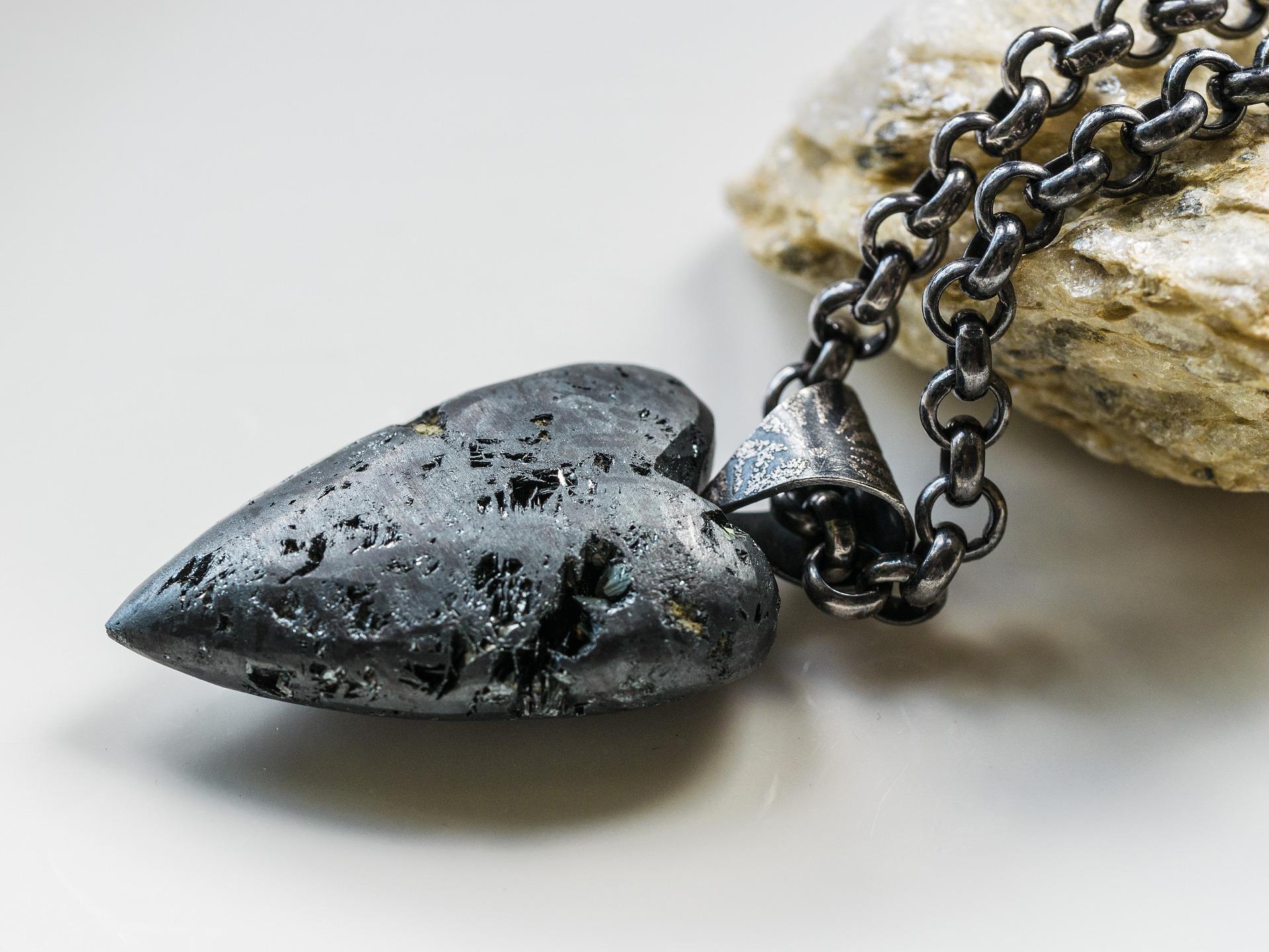
For whatever reason I am always fascinated with crystal since I was a child even not knowing what they do. Thank you for A brief explanation.
Really need of positive crystal than will enhance once being.
I was thinking of amethyst? However I going thru a lot with my work, really need I think a quarts???
For me one of my favorite beginner crystals is a clear quartz. I kind of feel like it being clear opens it up to all sorts of possibilities. If you want to open your third eye though– amethyst. All the way.